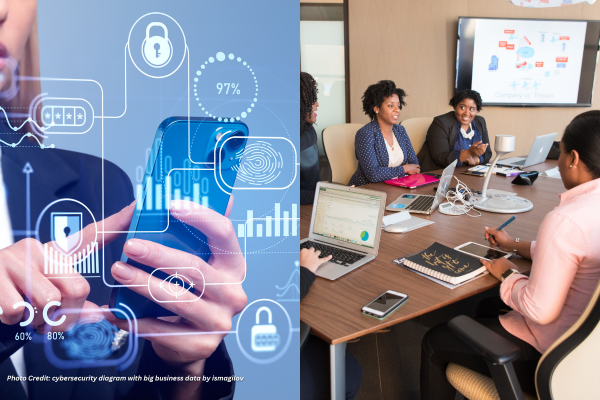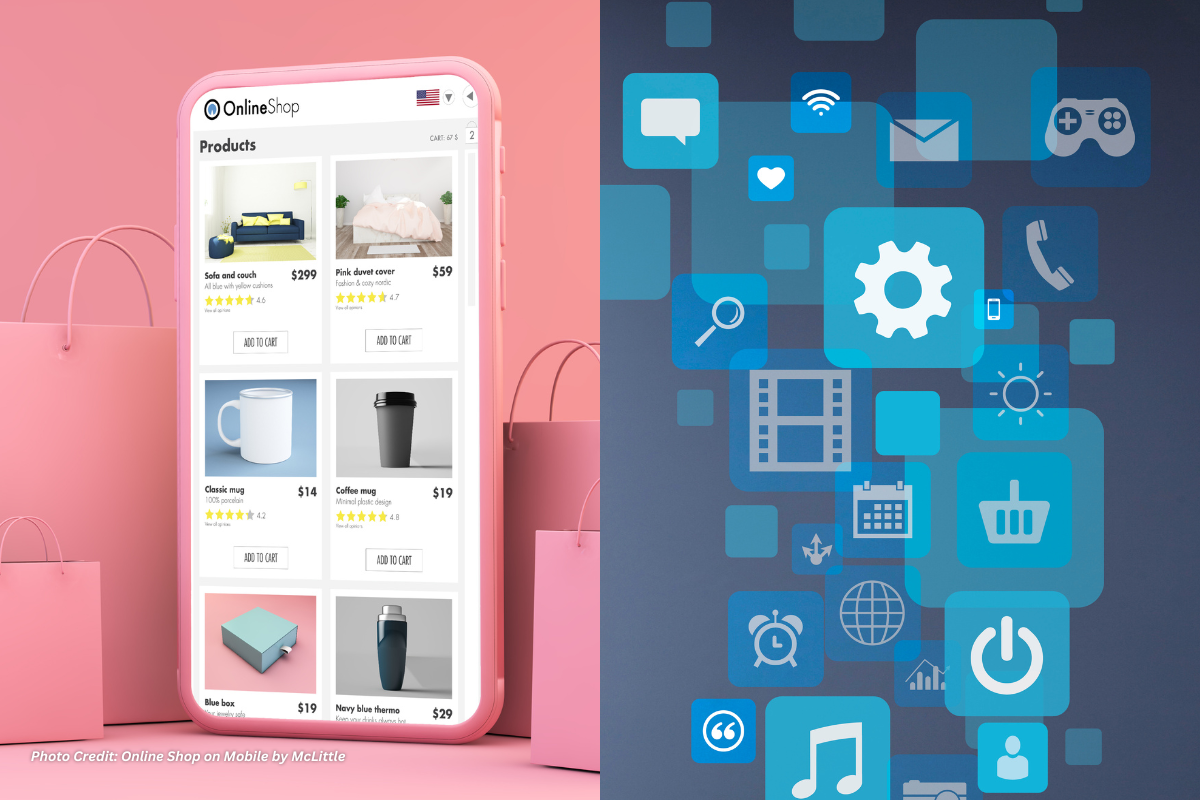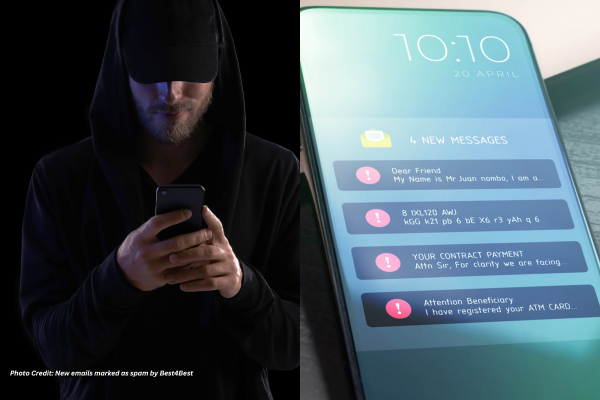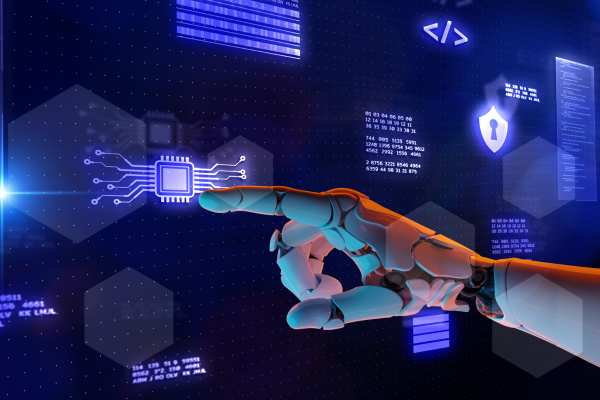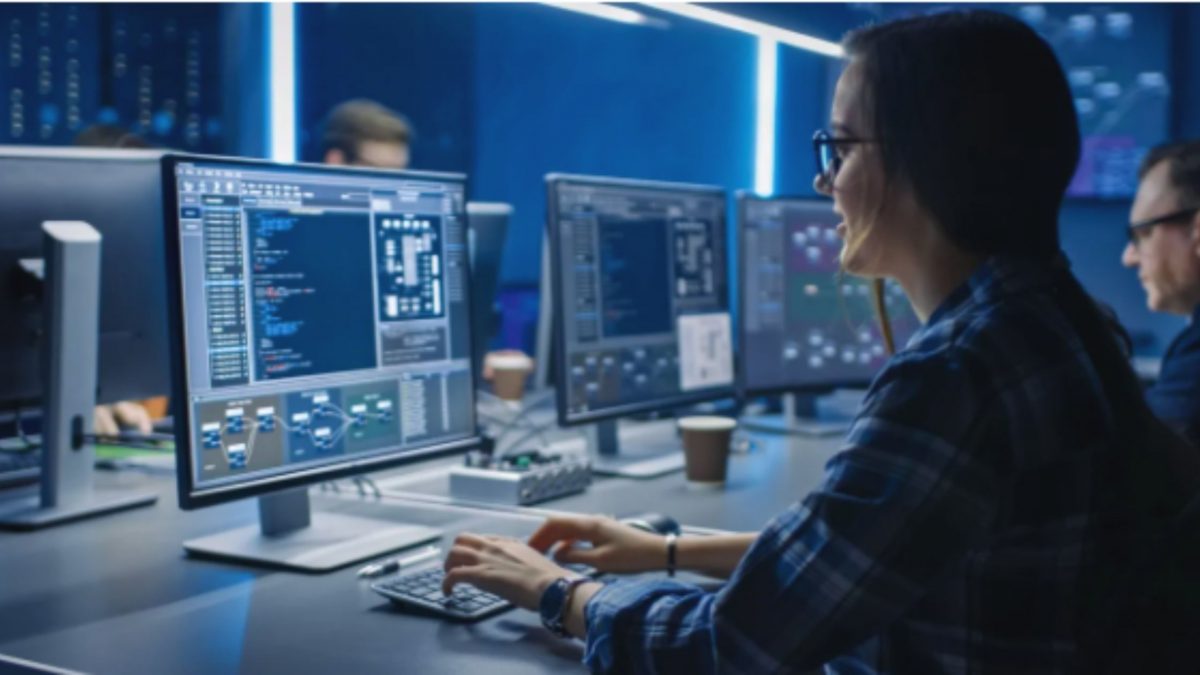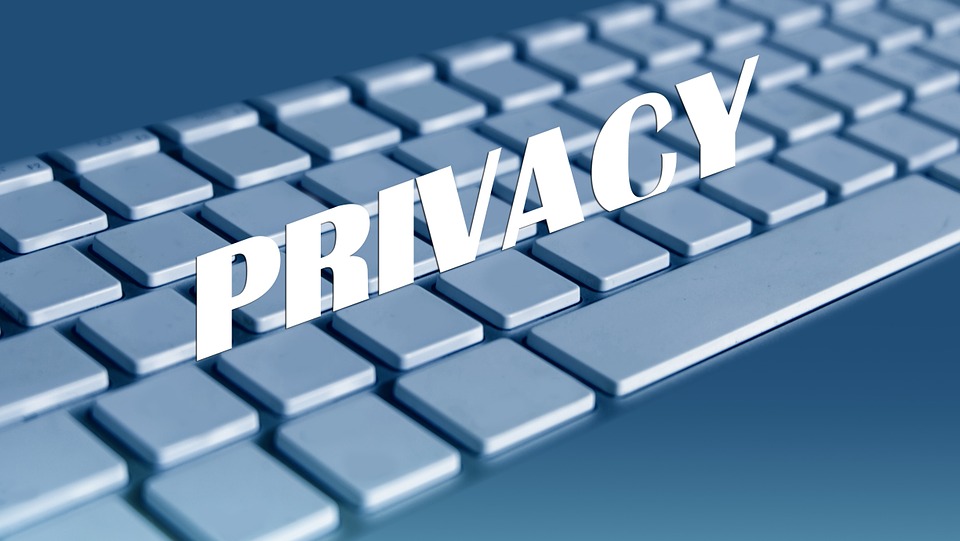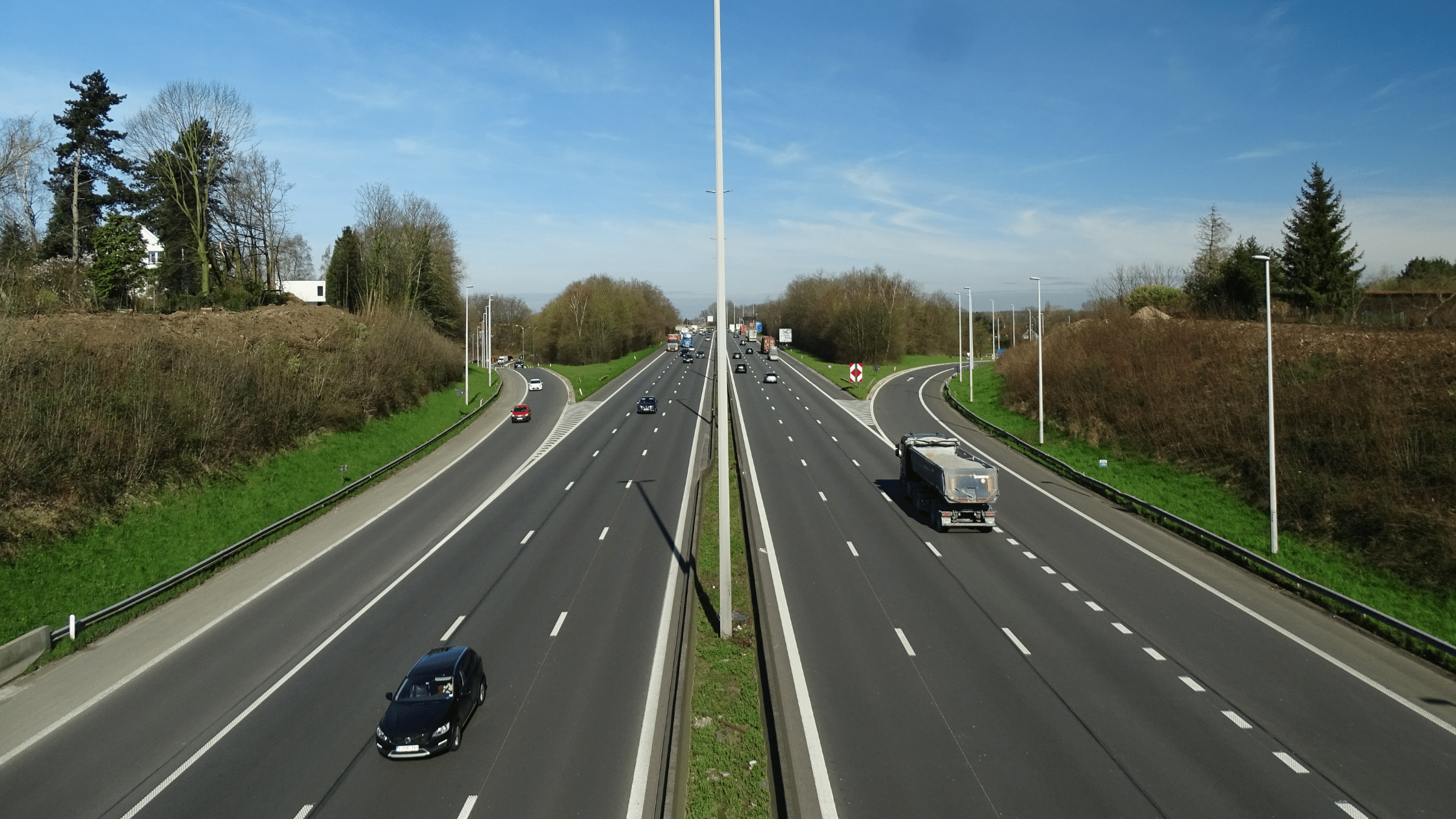Digitisation means different things to every organisation. I’ve just returned from an Inter-parliamentary Union (IPU) mission to Tuvalu to undertake an ICT capability assessment for the Tuvalu Parliament. Tuvalu is a small and isolated pacific nation, which is travel brochure beautiful and full of wonderful people. Tuvalu has little in the way of natural resources, and is heavily dependent on imports and international aid. Getting a computer working after something goes wrong is challenging in its own right. To the Tuvalu Parliament, just being able to store parliamentary documents electronically, in a central repository, and then being able to share these documents with the 15 members of parliament electronically, would seem like digitisation.
When Gartner introduced the concept of the Nexus of Forces back in 2014, it was hard for many of us to appreciate the impact the Internet of Things was going to have on our personal and professional lives. Why on earth would you want an internet connected fridge?! The constant improvement in consumer technology, and the increasing ease at which previously complex tasks can be completed by anyone with a powerful enough smart phone, led to an expectation of the same ease and choice we have in our personal lives to also be available in our professional lives.
New Zealand Parliaments journey of digitisation started back in 2013. We started with the vision of “enabling a mobile workforce to work securely anywhere, with fit for purpose tools”. Like most organisations, we knew we would need multiple streams of activity.
We knew we needed to rebuild the parliamentary network to support a mobile workforce. We also knew we would probably want to move to the Cloud at some point, so the network design needed to support this type of traffic. It was when we replaced our 30 year old PABX with Skype for Business (SfB) we had our first reality check – don’t believe anyone who says you don’t need to have some form of Quality of Service (QOS) in place to make good quality phone calls using SfB! Four years later we have just about completed the network refresh – it is hard to make substantive change around the busy business of parliament.
Another major stream of activity was our Line of Business applications. Many of the systems supporting the House were built on old technologies that were either no longer supported or becoming end of life. With an eye to one day moving to the Cloud, we defined a Technical Reference Model (TRM) for parliament that ensured the same frameworks, languages and technologies were used for all of parliament’s applications. Rightly or wrongly we choose SharePoint as the common platform on which to deploy our applications. We now have a stable and supportable stack of applications that, with a little bit of work, can be redeployed to the Cloud when we are ready to do so.
Security is a major concern in itself. Parliament naturally becomes a target for cyber activity by the very nature of what it represents. We are required to implement the highest level of security our users will tolerate, without impeding members rights around parliamentary privilege. Security is a constant tension against usability, and too often if you leave it up to the security experts to
determine what is needed, you end up with something not very useful to your users. You can achieve a lot in the security space just through implementing a good user education programme.
Which brings me to our last major stream of activity – supporting our users. User expectations are constantly increasing against a back drop of evolving technology in the consumer space. If you can’t make it easy for them, they will work around you – implementing their own solution is just a google search and credit card away. More than ever you need to be talking to your users, understanding what they are trying to achieve and help guide them towards a solution you will be able to support them on, will also meeting your own standards and requirements.
I’m still not sure if my fridge will ever be connected to the internet, but it is starting to looking more compelling five years on from when I first heard it suggested, and, at some point, the choice may not even be mine to make.
About the author:
Michael has worked within the Information Technology industry for over twenty years and has acquired significant experience across a wide variety of roles, technologies, industries, and business processes.
Michael has been involved in all levels of Information Technology, from hands on design and requirements gathering, through to roles involving Strategic Planning and thought leadership.
Michael is a seasoned people manager who has built several of his teams from scratch.









